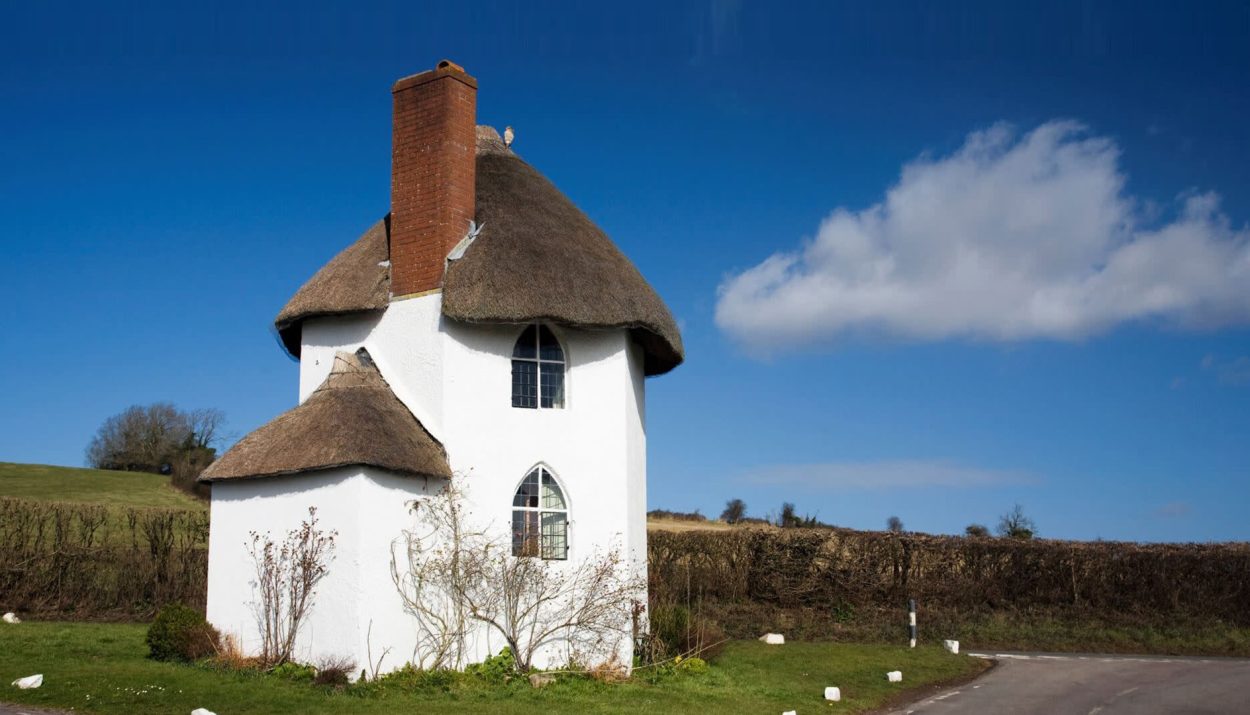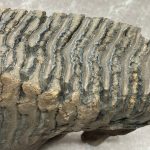When you think of new buildings, you probably think of glass and chrome. Or, you might think of the latest in green building, with solar panels and renewable resources. What might surprise you is that the world’s oldest building technique is new again. Cob houses are increasingly popular thanks to their durable construction and affordability.
What Is Cob And How Is It Used?
If you’re like a lot of people, you might not be familiar with cob unless you’re referring to an ear of corn. It’s a natural building material made of:
Fibrous organic material like straw, Subsoil, Water. It may have lime added as well. Because not all subsoil is ideally suited to make cob, some builders may add sand or clay
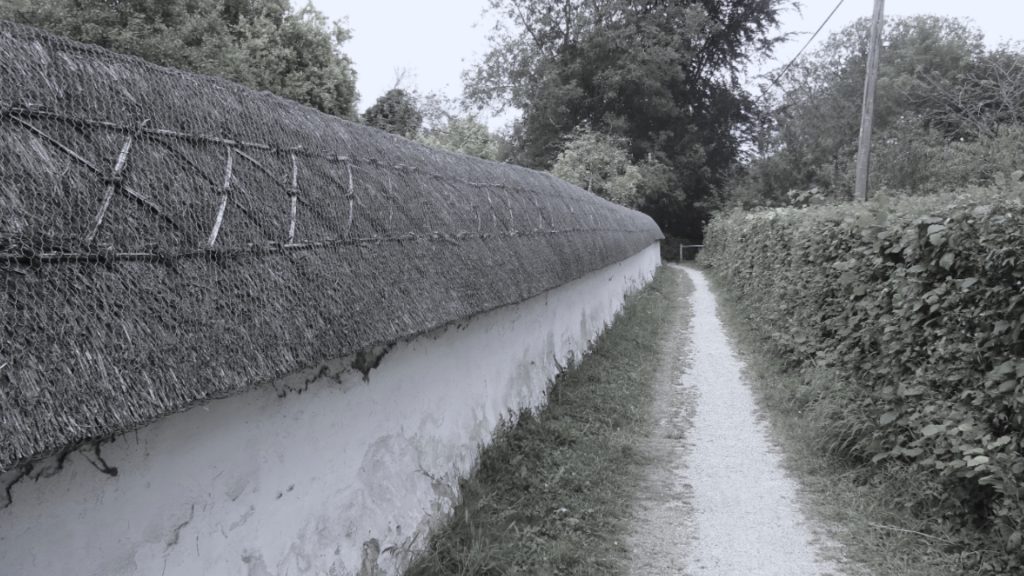
Cob has become popular because of its low cost. However, it is labor-intensive to make cob and to build with it. People who prefer natural building materials may choose cob for their homes. If you’re interested in sustainable building, then cob is an alternative to other building materials.
What Exactly Is A Cob House?
A cob house is a house made primarily of cob. The word cob may also refer to the technique used to make a house out of cob. Cobbing may be loosely translated to beating or striking. Cob walls are built from the ground up. Some cob houses also have cob floors.

Cob houses may take a long time to build. Each layer of cob must be fully dry before new layers are added. While the cost of the materials is low, building a cob house may take longer than building a house of more common materials. They’re most common in rural areas. Their rustic appearance makes them a good fit for natural surroundings.
How Long Have Cob Houses Been Around?
Cob houses have been around for a very long time. Some experts believe that the oldest cob houses date back at least 10,000 years. Their durability is part of the reason we know their history. There are cob houses on every habitable continent. There are cob structures in Iran that are more than 4,000 years old.
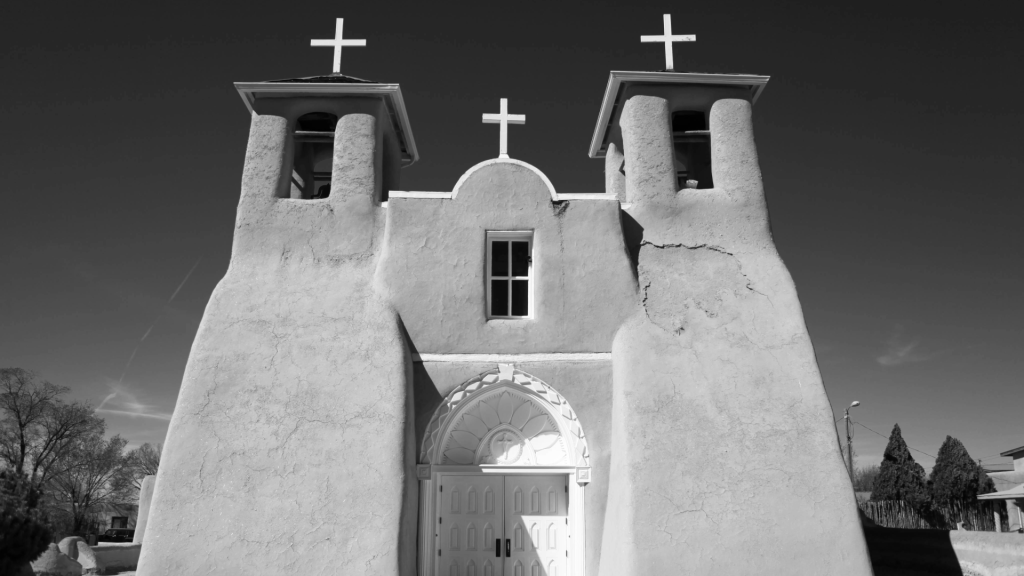
Some of the oldest surviving structures in Afghanistan are made of cob. It has also been used in Africa, the Middle East, South America, North America, Australia, and Europe. It provides protection from both heat and cold. As a result, it’s a suitable building material for almost any climate.
Is Cob Known By Any Other Names?
While cob is the word used in most English-speaking countries, the material in question is known by other names. Here are some examples.
Adobe, Lumped clay, Puddle clay, Torchis, Clay daubins, Chalk mud, Swish, Bauge, Bousille, Wychert, Cat and clay. These materials all have the same basic components.
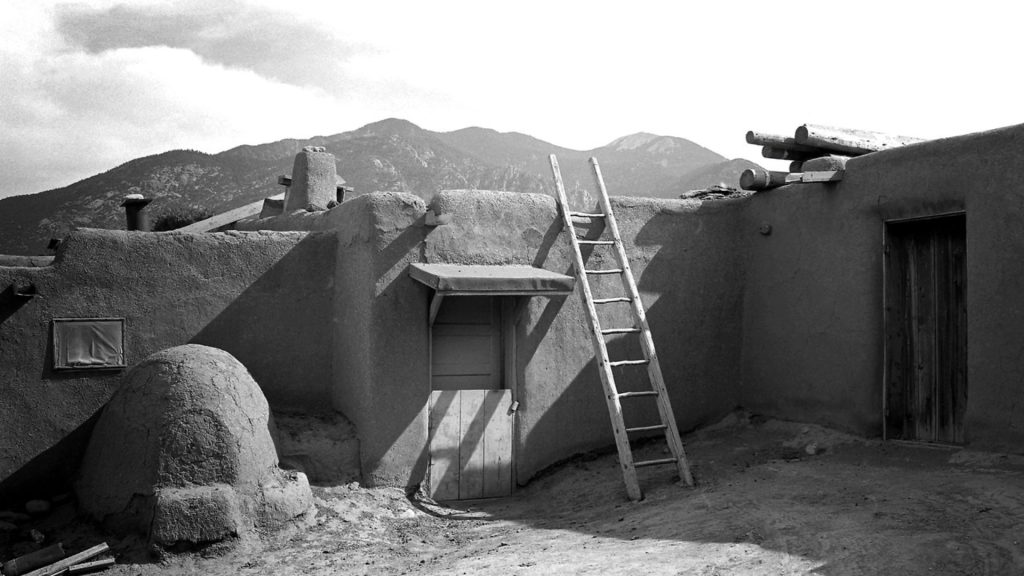
Regardless of what name people call it, cob has been used to build homes all around the globe. From adobe pueblos in Mexico to mosques in the Middle East, cob buildings are everywhere. Today’s builders are still using it and there’s no end in sight.
Silk Road Cob City: Arg-e Bam
It’s one thing to say that cob has been around for a long time. It’s another to see how well and how long it has endured. Arg-e Bam was a location on the Silk Road. As far as we can tell, it may have been built as early as 224 AD, making it about 1800 years old.
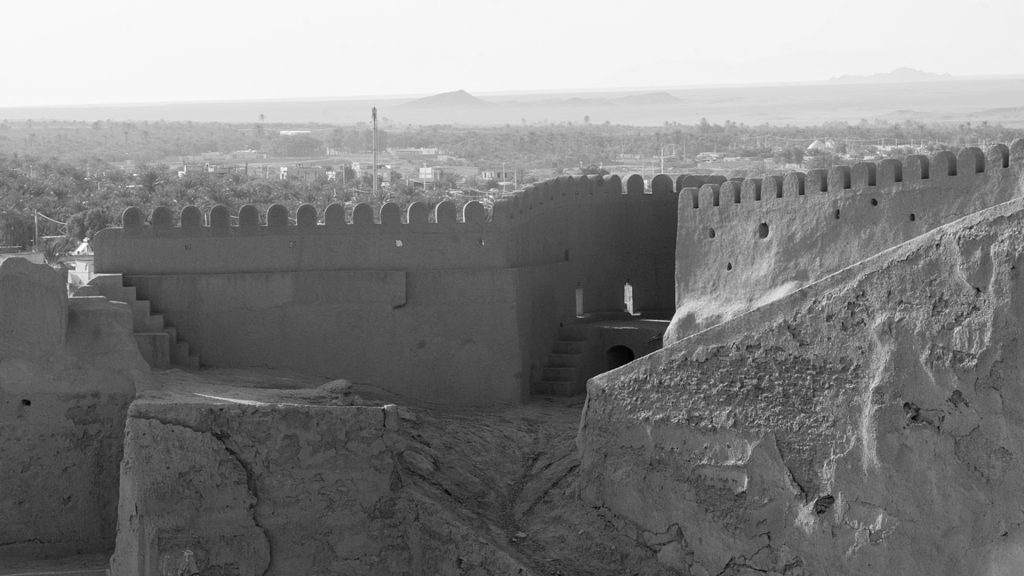
The city originally had 38 watch towers. The cob used to build it was made of clay soil mixed with palm tree trunks. While much of the city was destroyed in a 2003 earthquake, parts of it remain standing today.
From House To Schoolhouse: Marlborough Cottage
Marlborough Cottage in New Zealand is an example of a traditional cob house. The windows are set into the walls. It was originally used as a school and is very typical of cob houses in New Zealand in the early 20th century.
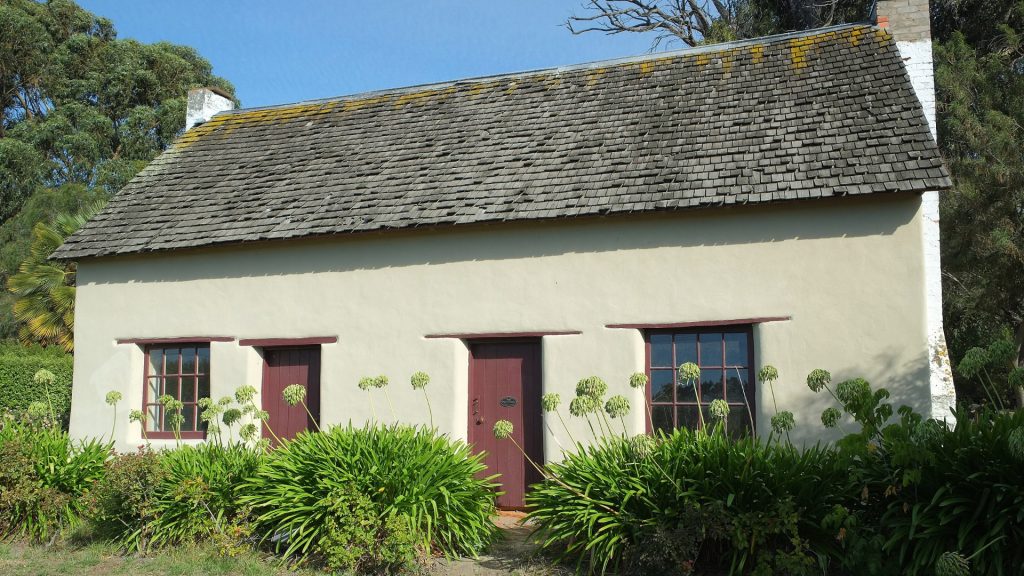
While this building was once filled with young students, today it’s a tourist attraction. Its charming appearance makes stepping into it feel like taking a walk through history.
Home of Kings: Chan Chan In Peru
Peru is home to one of the oldest collections of cob buildings in the world. Known as Chan Chan, this city was intended to be home to the Chimu kings. While many of its buildings have been damaged over time, new discoveries are still being made. In 2006, archaeologists found statues of warriors built into its walls.
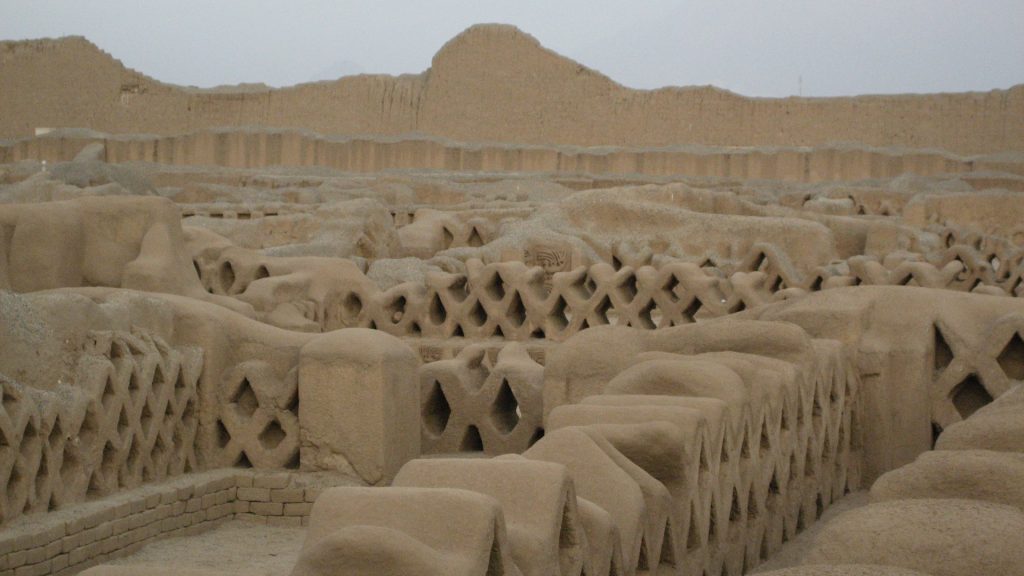
In total Chan Chan includes a pyramid and eleven citadels enclosed by an 8-meter wall. The Chimu who built it were metallurgists, woodworkers, and potters. The dwellings inside the walls were reserved for royalty only. Other residents would have lived outside the walls.
Cob City: Shibam, Yemen
Cob houses may be common, but what about cob skyscrapers? It might surprise you to learn that there’s a 500-year-old city in Yemen that’s made almost entirely out of cob. The city of Shibam is considered to be one of the world’s oldest examples of successful city planning.
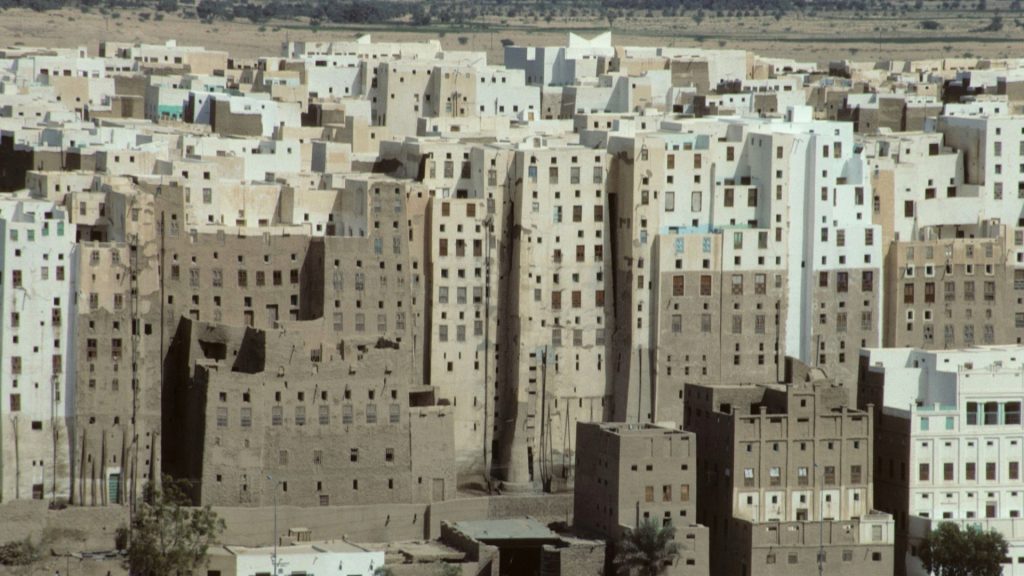
The city was built around an oasis and designed to take advantage of the nearby water. While the city has decayed in recent years, it still serves as an example of what can be accomplished with the simplest of materials.
Remnants of Construction: Bobo Dioulasso Grand Mosque
Burkina Faso is home to the Bobo Dioulasso Grand Mosque. Its construction is unique. The sticks protruding from the sides offer a hint to how it was built. They provided a way for workers to climb to the top of the rising walls to add more cob to them.
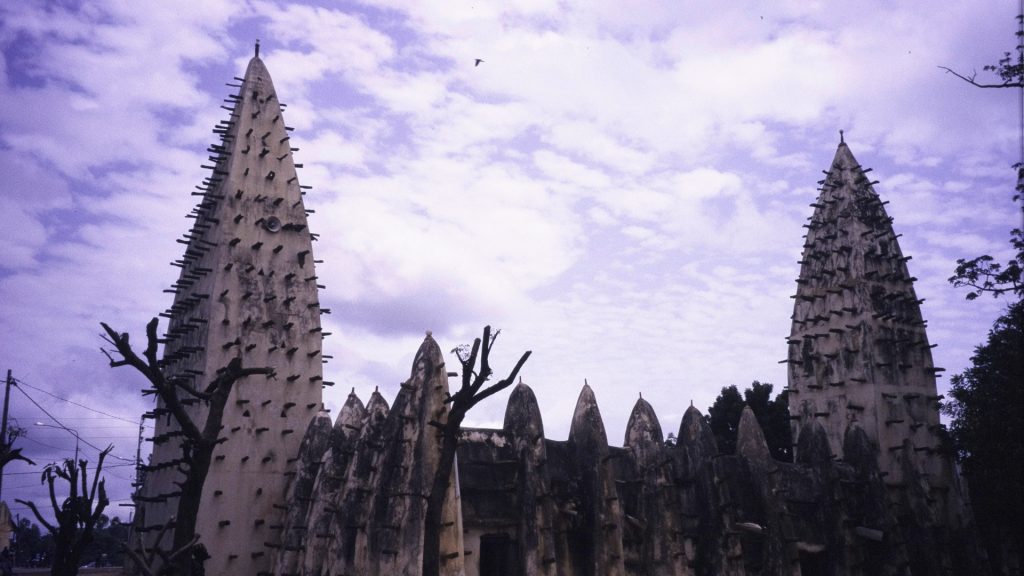
Bobo Dioulasso is over a century old but is currently undergoing renovations. Its proximity to a badly polluted river has made it more than a little odorous! It’s unfortunate that the new construction is using concrete instead of cob.
British Charm: Woodway House
Woodway House is a cob home that was built in 1815 by Captain James Spratt. (He’s no relation to the Jack Spratt from the nursery rhyme!) The house was surrounded by majestic Devon oak trees. There were other cob structures on the premises, including a duck house.
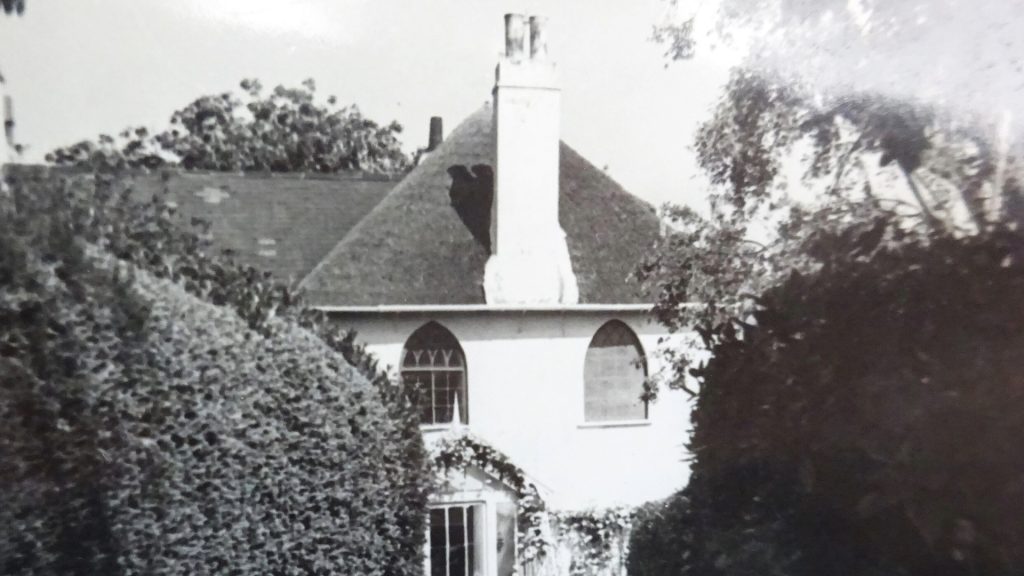
There have been several ghost sightings in Woodway House. Some say that Captain Spratt’s sisters can be seen walking around the house and grounds. Others claim to have spotted the ghost of Gordon Griffith, a 12-year-old boy who died in the house in 1963.
Healing Soil: El Santuario de Chamayo
New Mexico is home to many of the United States’ oldest and most impressive cob structures. One such building is El Santuario de Chamayo. The church gets more than 300,000 visitors per year and is known as the Lourdes of America.
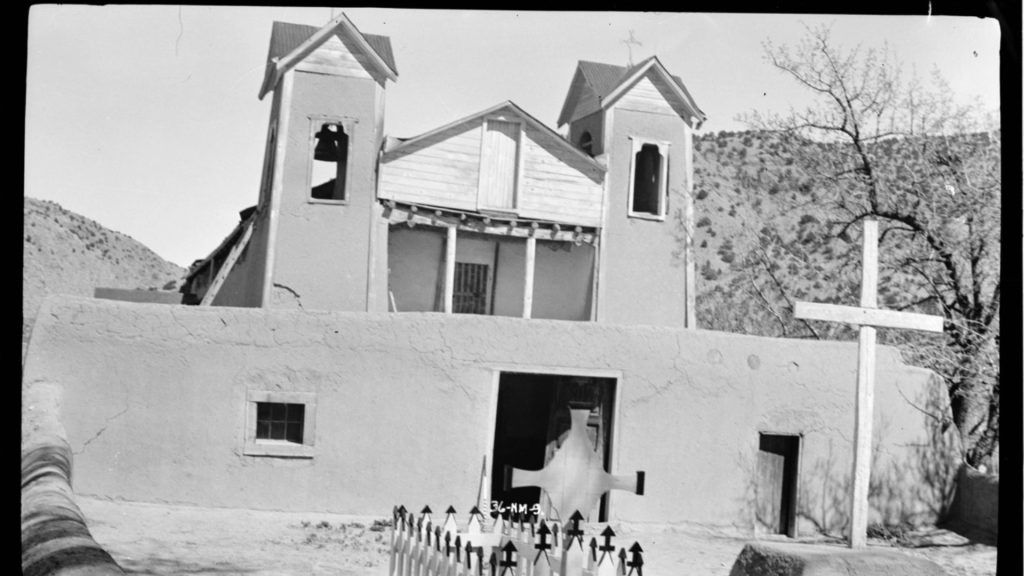
One reason that so many pilgrims make their way here is that the soil is said to have healing powers. There is a small prayer room near the sanctuary that’s filled with the soil and many stop there to see if the soil can heal them of their illnesses.
Stucco Ornamentation: Maerle House, Budapest
While many cob houses are simple in design and structure, it’s quite common for stucco buildings to have ornate features. Maerle House in Budapest is an example, A design featuring cherubs wraps around the top of the building. Stucco “columns” grace the facade.
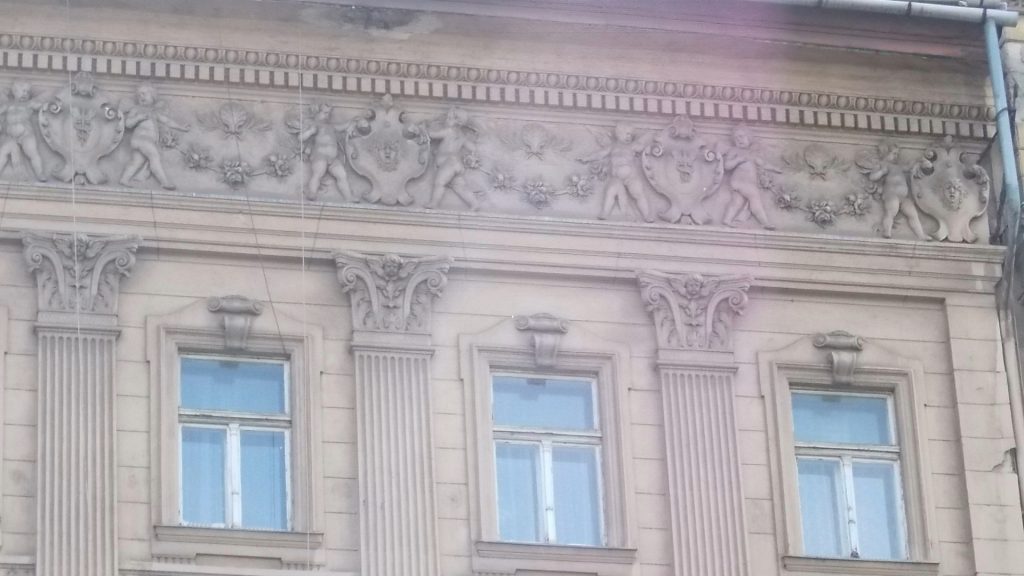
Maerle House was built in Budapest in 1886. Its first owner was a man named Mark Maerle. The beautiful friezes and ornate decorations help it to blend in with older buildings in the area. We might not associate stucco with European buildings, but its use is surprisingly common.
Return of the Swallows: The Mission at San Juan Capistrano
The Mission at San Juan Capistrano started as a small stucco chapel on the coast of Southern California. Over the years, it has expanded. Today, its buildings and beautiful grounds are a major tourist attraction and hundreds of thousands of people visit each year.

The stucco structures aren’t the Mission’s only attraction. One of the most famous events that occurs annually is the return of the Cliff Swallows to San Juan Capistrano. The birds’ arrival is cause for celebration. In fact, the entire city is considered a bird sanctuary.
Is Cob Used In The United States?
Most homes in the United States are made of wood or concrete. It might surprise you to learn that cob is making a comeback! In Oregon, there’s a specific style of cob known as Oregon Cob which is gaining in popularity.
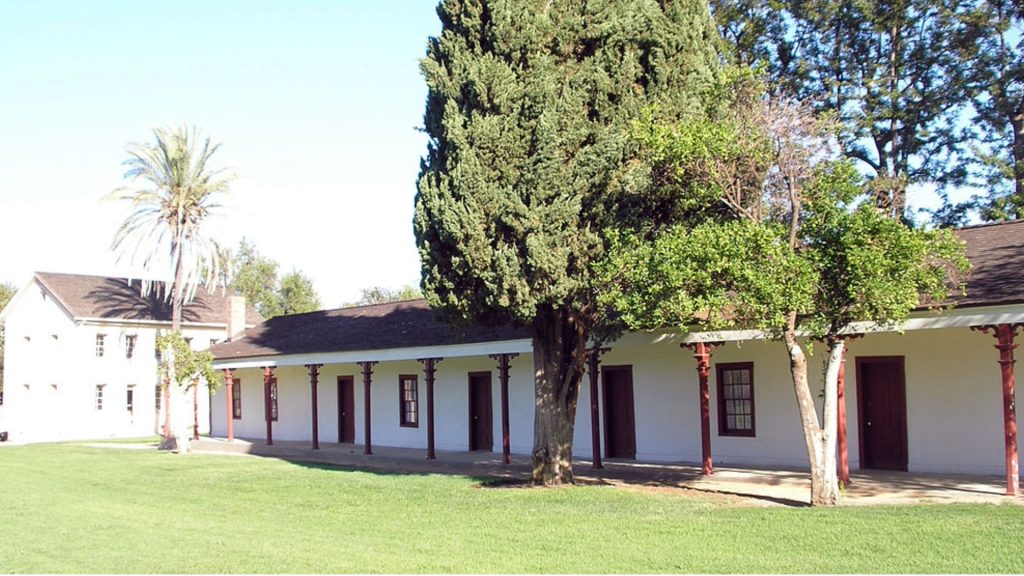
Oregon cob builders tend to favor curved walls. They say that adding curves increases the walls’ durability. It also allows for more freedom of design. Some of the Oregon cob homes we’ve seen would look at home in J.R.R. Tolkein’s Middle Earth! There probably aren’t any hobbits in Oregon, but you never know.
Can Cob Be Used For Other Things?
One of the coolest things about cob is that it can be used to build almost anything. We’ve already talked about building fireplaces and staircases right into cob houses. Given the fact that it’s easy to sculpt and shape, it should come as no surprise that it has many other uses.
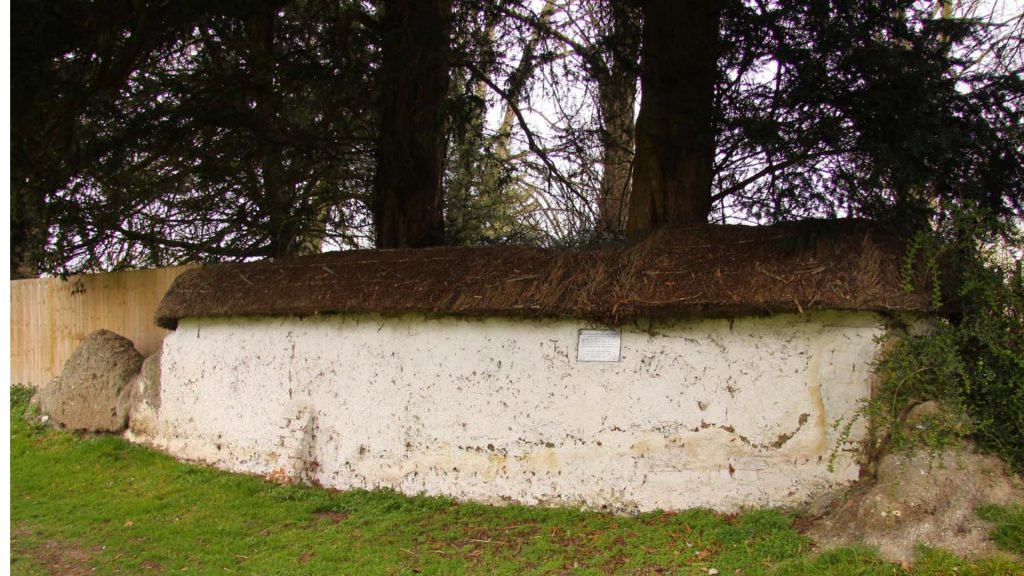
Cob can be used to build garden structures such as benches and shelters. It can also be used to make garden walls and ovens. The hard final structure of cob makes it ideal for use in anything that’s going to experience ongoing wear and tear.
How Long Does It Take To Build A House With Cob?
Cob construction is something that takes time and patience. Each layer of cob must dry completely before a new layer is added. If you want straight walls, you’ll need to use a ruler to make sure that the walls aren’t getting thinner as they grow in height.

There are many factors that contribute to how long it will take to build a cob house. For those living in a rainy or humid climate, the drying time is likely to be long. In a hot or dry climate, it will take less time for each layer to dry.
Make Way For The Cob Wave
It’s always interesting when people who are alive today rediscover ancient techniques. The cob renaissance is happening in the United States as people learn of its durability and flexibility.
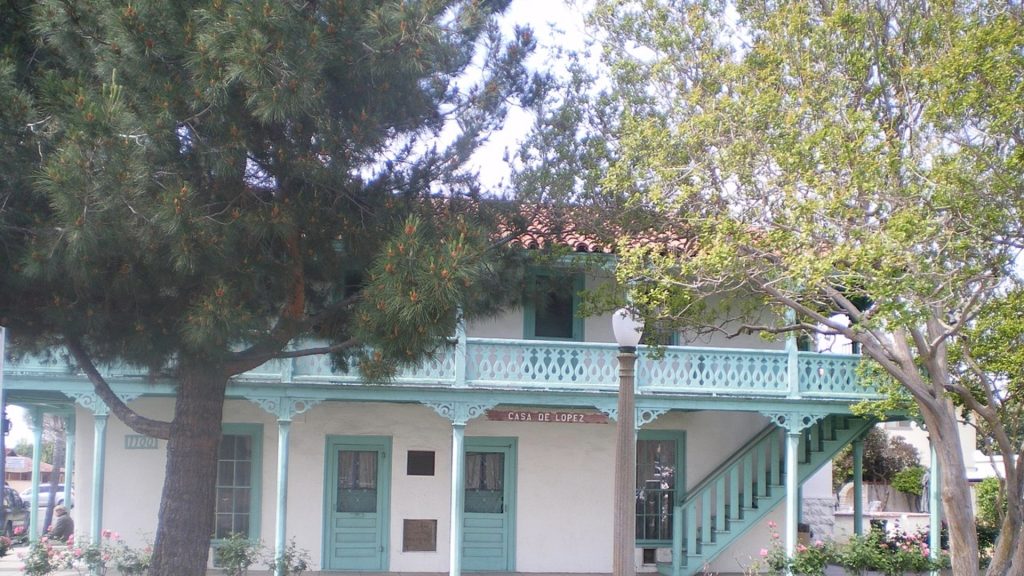
We expect that people who are interested in green and sustainable building will look to history to find the best way into the future!

